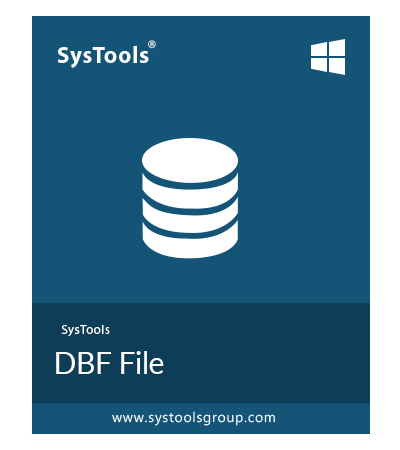What is DBF File Extension?
Know Features & Advantages of DBF File for Oracle, FoxPro, & Siebel Database

What is DBF file?
DBF is a standard dBASE database file, which support is used for storing data in Oracle, Foxpro, & Siebel. It organizes data in multiple records with the fields in the data are stored in array data type and are compatible with other xBase programs. DBF files were used in dBase 2 and were continued till dBase version 4. The DBF file format helps in data storage and manipulation. The current DBF file level used is level 7. It is also supported by most of the database products. DBF is standard storage format for structured data which is used in many commercial applications. DBF file can also be accessed using Microsoft Excel and Microsoft Access.
Features of DBF File
- Cross platform support.
- Acts as a standard storage format for commercial applications.
- Can be exported to any file format like CSV, TSV or JSON data file formats.
- Files can be edited easily.
Advantages OF DBF Over Other Database Files
The advantage of DBF file over other database files is that the user can access these DBF files in cross platform. For instance, the DBF file is saved by the user in Windows Operating System can be accessed in Mac OS as well it can be accessed using the suitable applications which will easily check the DBF file. The size limit of a DBF file can be up to 2 GB in size. SQL files are not accessible when the user is not connected to the server whereas the DBF file is accessible from anywhere without using any particular server required to connect. The DBF file is easily convertible to any database file which is supported by the database systems available whereas other database files are not convertible to DBF file.
